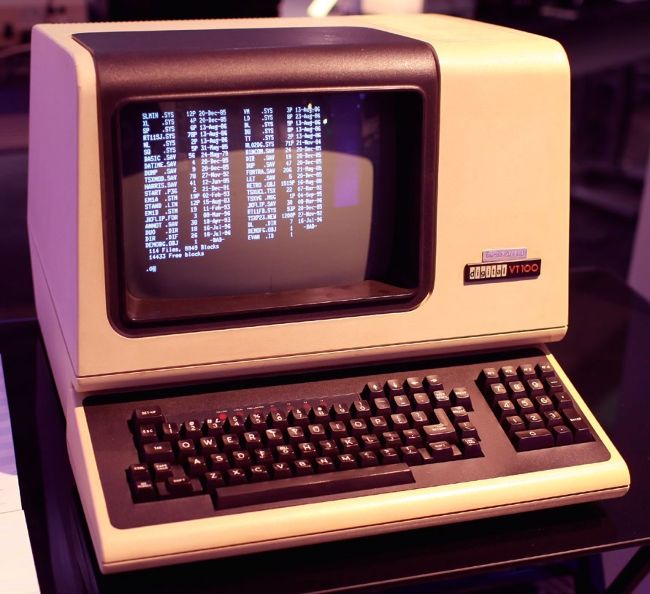TEKTRONIX 4010
Reliving the birth of the terminal
It looked like a PC but, although it wasn’t user-programmable, the display terminal had a vital role in the days of minicomputers, says Mike Bedford.
Credit: https://github.com/rricharz/Tek4010
OUR EXPERT
Mike Bedford worked as a software engineer back in the mists of time, writing firmware for a range of computer terminals. These VDUs emulated the DEC VT-100 and its younger siblings, while also adding that all-important colour capability.

DEC introduced the VT100 in 1978 and, in so doing, set the standard for text-based video terminals.
As you head back in time past the ’70s, you enter the minicomputer era. Part of that era, A which is still very much embedded in modern Linux/Unix, is the terminal. Back then, the display terminal acted as the user’s interface to the computer. We could even think of it as a first step towards the client-server model of computing.
We’re going to take a look at two classic display terminals, one for handling text and another that could also handle graphics. And while we’re going to introduce an emulator for one of these terminals, the bare bones of the other is alive and well and integrated into most Linux terminal software, as we’ll see.
Hello VDU
Having raised the subject of the progression of mainframes to minicomputers to personal computers, let’s look at this in a bit more detail. In particular, let’s see how users communicated with each of these types of computer. This is fairly obvious in the case of PCs – the user interface, comprising a keyboard, pointing device and screen, is integral to the computer. Turning to the other end of the spectrum, most mainframe users had no direct communication with the machine. Instead, they provided their input on punched cards that were prepared offline and passed to a computer operator. They’d eventually receive their output from a printer to which only the operators had direct access.
This brings us to the middle ground occupied by the minicomputer. Introduced in the mid-’60s, these machines were intended for use by several users, each of whom would communicate directly with the computer. At first, the user interface was a teletype, a hard-copy terminal that had a keyboard and printed the computer output on to a roll of paper. These were used because they were already available, having been designed for textual communication over landlines. They weren’t ideal, though, because they were slow, couldn’t display graphics, and used up a lot of trees.
The use of visual display units (VDU) as computer terminals predated the onset of the minicomputer era, having first made their appearance on mainframes, even though they were used mainly by the computer operators. With the birth of minicomputers, though, low-cost VDUs started to become available, and eventually replaced teletypes. Initially, these VDUs were purely non-hard-copy versions of teletypes, so every character was printed to the right of the previously printed character, and every line appeared below the previous line. For this reason, they were nicknamed glass teletypes. Very soon, though, video terminals offering a degree of local intelligence appeared, and some that could also display graphics. This generation of VDU is our subject here.